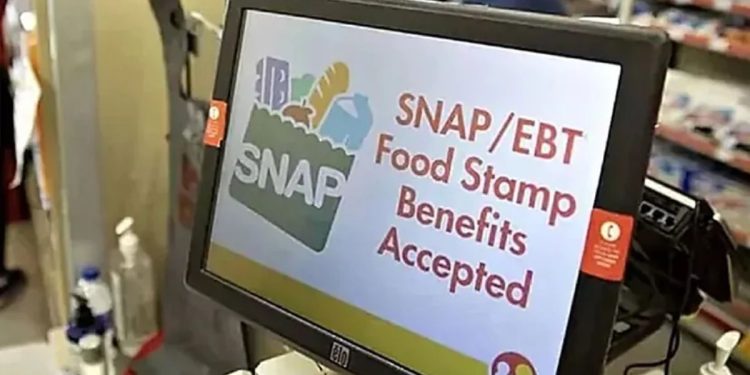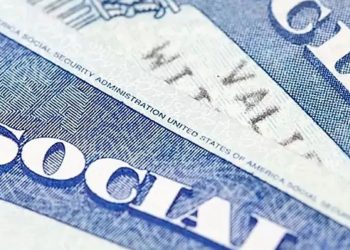House Republicans have unveiled a controversial proposal aimed at slashing the budget of the nation’s largest anti-hunger program—the Supplemental Nutrition Assistance Program (SNAP)—by nearly $290 billion. The plan is part of a broader legislative effort to align with former President Donald Trump’s policy agenda and would significantly shift the financial responsibility for food assistance to individual states.
SNAP Targeted in Sweeping Budget Reform
The proposed cuts are embedded in a bill introduced by the Republican-led House Agriculture Committee, which outlines a vision for reshaping federal assistance programs. According to the committee, the goal is to “restore accountability” and reduce wasteful spending within SNAP. This program currently provides food assistance to over 42 million low-income Americans, including children, seniors, and individuals with disabilities.
Under current law, the federal government funds 100% of SNAP benefits. However, the new GOP plan would change that beginning in 2028, requiring states to pay at least 5% of the program’s cost. States with high administrative error rates could face penalties, potentially raising their share of the cost to 25%.
Critics Warn of Increased Hunger and Inequality
Democrats have strongly criticized the proposal, warning that it could worsen food insecurity across the country. Representative Shontel Brown of Ohio condemned the plan, stating, “It is harmful to families, harmful to farmers, and harmful to the country. Increasing hunger to enrich billionaires is just plain wrong.”
Analysts also caution that while the plan may appear to maintain current benefit levels at first glance, its implementation could force states to reduce benefit amounts or tighten eligibility requirements, effectively shrinking the safety net.
States May Struggle to Absorb the Costs
The burden placed on states would vary depending on their size, budgets, and SNAP participation rates. Larger states such as California and Texas, which receive substantial federal funding for SNAP, may be better equipped to absorb the financial hit. However, smaller or poorer states, particularly in the South, could face difficult decisions about whether to cut benefits or reduce access to the program.
According to USDA data, more than 47 million Americans—or 13% of households—are food insecure, with the problem disproportionately affecting Southern states that may now face increased financial pressure under the new proposal.
A Potential Rise in Poverty
A recent Urban Institute analysis estimates that a 10% reduction in federal SNAP funding could push nearly 900,000 Americans into poverty. Advocates for low-income families warn that such changes would increase hunger and hardship, particularly in communities already struggling with economic inequality.
Conclusion
The Republican proposal to shift SNAP funding responsibilities to states marks a dramatic shift in how the U.S. supports low-income families facing food insecurity. While proponents frame it as a necessary reform for fiscal responsibility, critics argue it risks weakening one of the country’s most critical safety net programs. As the debate unfolds in Congress, millions of Americans could see significant changes to how they access essential food assistance.











